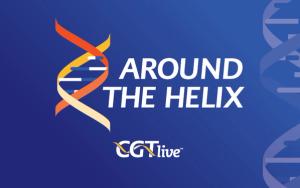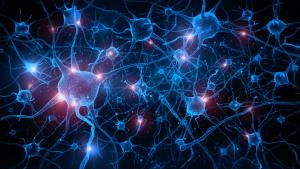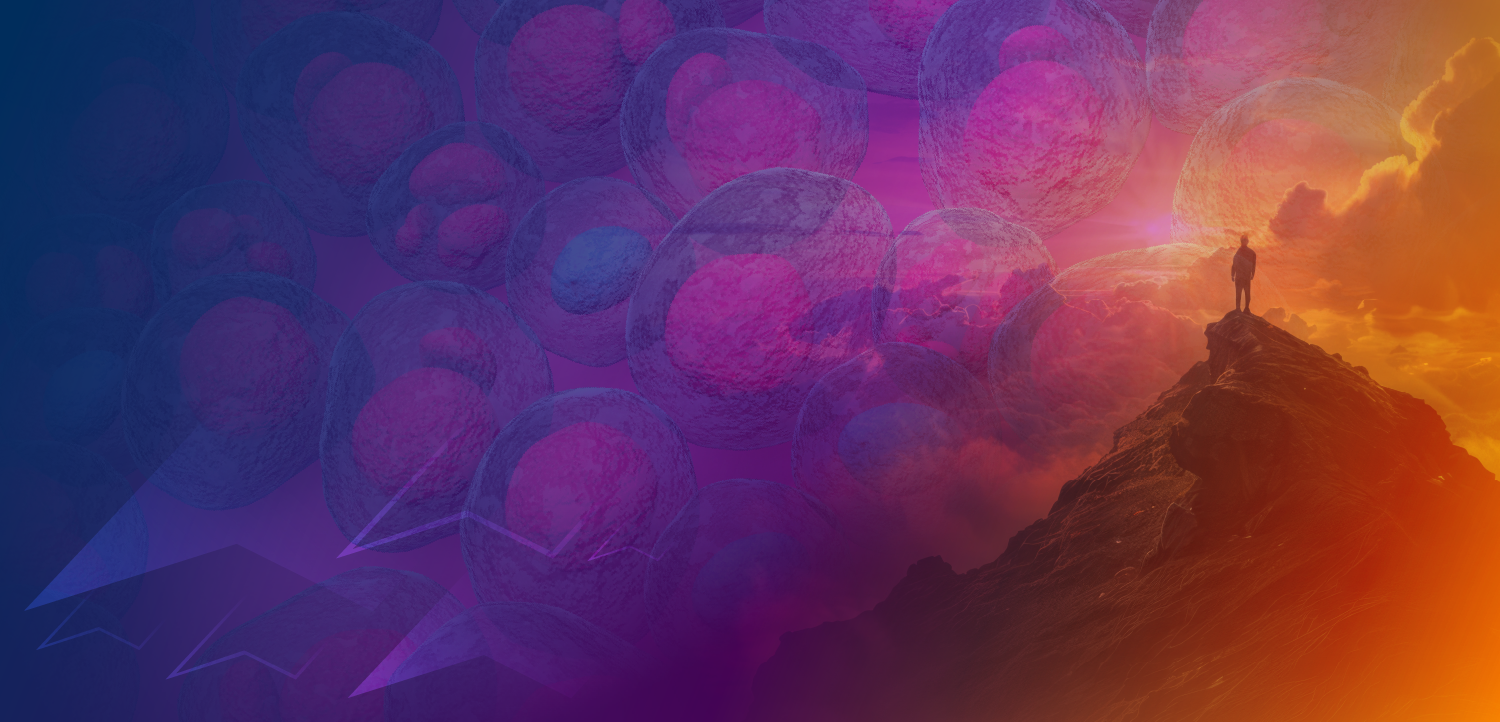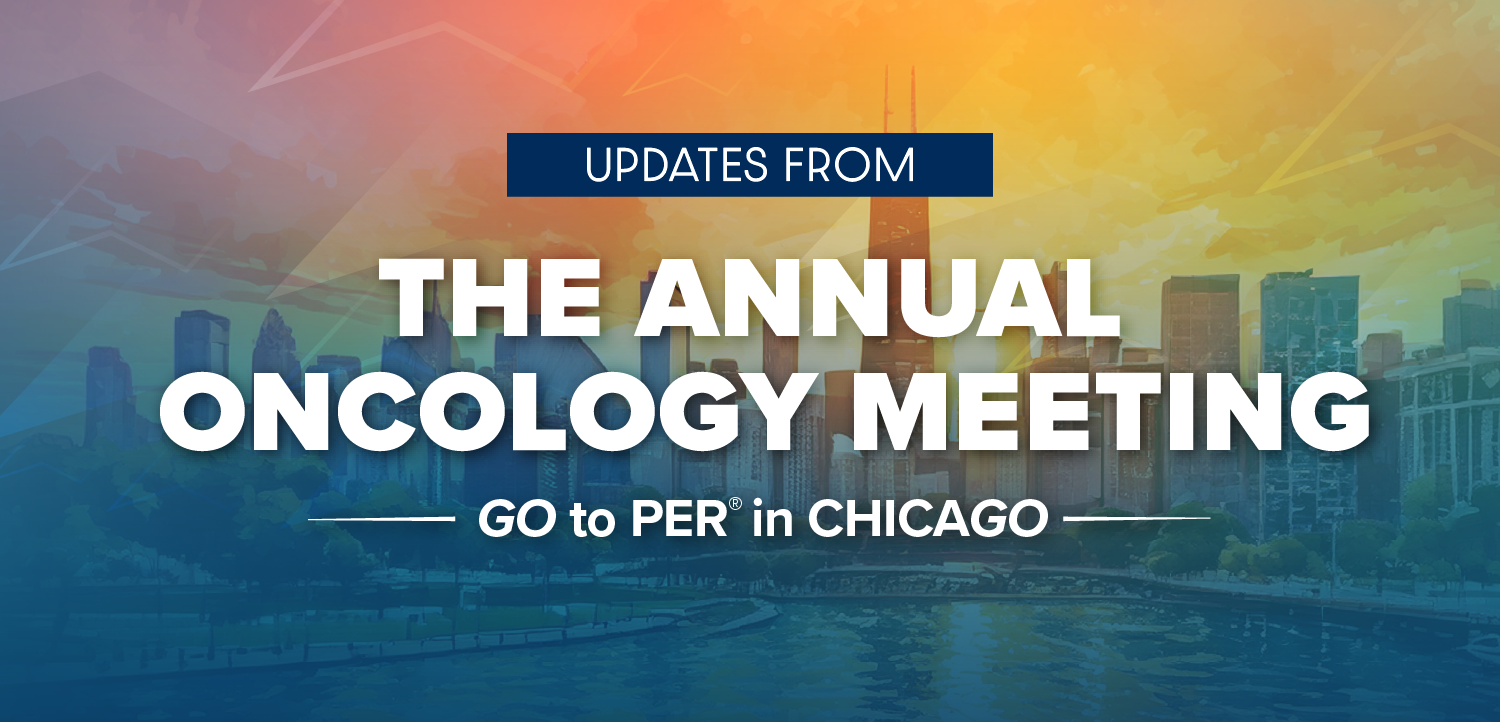|Articles|December 21, 2016
Expert Highlights Ongoing Progress in ALK+ NSCLC
Author(s)Gina Columbus
Frontline therapy for patients with ALK-positive non–small cell lung cancer is poised to change in the coming years, as researchers continue to explore agents beyond crizotinib.
Advertisement
Lowell L. Hart, MD
Frontline therapy for patients with ALK-positive non—small cell lung cancer (NSCLC) is poised to change in the coming years, as researchers continue to explore agents beyond crizotinib (Xalkori).
“[The ALK-positive population] is sort of a small percentage of the patients with adenocarcinoma of the lung,” said Lowell L. Hart, MD, during an interview at the 2016 OncLive State of the Science Summit on Advanced Non—Small Cell Lung Cancer. “It’s small but very important, because there have been huge breakthroughs in treating these patients with tyrosine kinase inhibitors—oral agents that specifically target this translocation.”
Aside from the other approved ALK inhibitors ceritinib (Zykadia) and alectinib (Alecensa) in the post-crizotinib, second-line setting, the FDA recently granted a priority review designation to brigatinib for patients with metastatic ALK-positive NSCLC who are resistant to crizotinib.
OncLive: What are the recent advances in ALK-positive NSCLC?
In his interview, Hart, who is scientific director of Research at Florida Cancer Specialists and Research Institute, and associate professor of Internal Medicine at Wake Forest School of Medicine, discussed the available and emerging targeted therapies in ALK-positive NSCLC and challenges that remain in this setting.Hart: The biggest one was a few years ago when crizotinib was approved. This is a drug that specifically hits this molecular defect and it made a tremendous difference. Studies have shown that compared with giving those patients chemotherapy, they actually do better if they are given this pill versus the standard therapy in first-line or second-line settings.
Are there other agents that are being investigated in this area?
We have also had the development in the last 2 years of 2 other agents that are already on the market right now. These drugs are ceritinib and alectinib. These are both drugs that have come out. They also have the advantage of targeting metastases in the brain and they have a better penetration into the brain. This is a common problem in these patients. They can have brain metastases either at diagnosis or soon after.There are several other agents in the pipeline. Some are from small companies. One is called brigatinib that was presented recently at the 2016 ASCO Annual Meeting, which looks pretty exciting.
What should community oncologists take away from your lecture?
The second-generation ALK-inhibitor agents, and others coming along, are very exciting. They have some advantages with decreased toxicity and certainly with improved penetration of the central nervous system, as compared with the first-generation drugs.The number 1 point is to be sure that all of your patients with adenocarcinoma of the lung are tested to see if they have an ALK or ROS1 abnormality driving the cancer. The word has gotten out now to most medical oncologists that we need to look for these driver mutations.
What looming issues still need to be addressed?
The most common of them is EGFR, but ALK and ROS1 are sometimes overlooked. However, it is equally important to find those patients. This is because these agents can have a tremendous improvement on their quality of life and, potentially, on their survival if these patients are found and appropriately treated with the new agents.The biggest challenge is getting enough tissue so that all of these tests can be done appropriately. Lung cancers frequently have small amounts of tissue available. Sometimes, it is almost necessary to go back and rebiopsy just to get enough tissue to do the testing. It’s important to remember that it is not adequate to treat a patient anymore with a nonsquamous carcinoma of the lung without knowing their ALK or EGFR status, at a minimum. We actually like to look for other potential driver mutations, whenever possible.
What does the future of ALK-positive NSCLC treatment look like to you?
It is very important that this be done. Not all hospitals do this on a routine basis; some do and some don’t. If your hospital is not doing it on a regular basis, then you have to either ask them to do it on a particular patient or send the tissue to an outside lab and have it done.We will have developments with further looking into patients’ plasma for amounts of circulating tumor DNA. This is so that, with some of the problems that I just mentioned, we can circumvent if we can find the same mutations by looking at small fragments of DNA circulating in the patients’ bloodstream. There is a lot of excitement, interest, and research in that area. That is 1 thing that would potentially solve the problem of not having enough tissue to do all of the tests that we want to do. If we can test it in the blood, that is 1 thing.
How important is it to test patients for ALK status early on in their disease course?
Also, we hope to get first-line use in the near future for some of these newer agents that may have less toxicity and better brain penetration. I am greatly looking forward to studies of some of the newer agents versus the standard first-line agent, which is crizotinib. We expect sometime in 2017 to get data out on some of those trials.It is a small niche, but the important thing is to not miss those patients. The other thing that comes up is we sometimes do hear that a patient will already be started on standard chemotherapy and then, a few weeks later, the physician finds out the patient has an ALK translocation, so then they are wondering whether they should immediately change the patient to the new oral agent or just continue them on chemotherapy.
At that point, which may be 1 or 2 cycles into chemotherapy, you want to see how the patient is doing. Are they responding to the chemotherapy? If they are and without a lot of side effects, you would maybe continue for 4 cycles of chemotherapy and then put them on the oral agent. If they were not doing well with chemotherapy, then I would switch immediately to the oral TKI agent.
Newsletter
Stay at the forefront of cutting-edge science with CGT—your direct line to expert insights, breakthrough data, and real-time coverage of the latest advancements in cell and gene therapy.
Advertisement
Related Articles
 CGTLive®’s Weekly Rewind – September 12, 2025
CGTLive®’s Weekly Rewind – September 12, 2025September 12th 2025
 Around the Helix: Cell and Gene Therapy Company Updates – September 10, 2025
Around the Helix: Cell and Gene Therapy Company Updates – September 10, 2025September 10th 2025














































